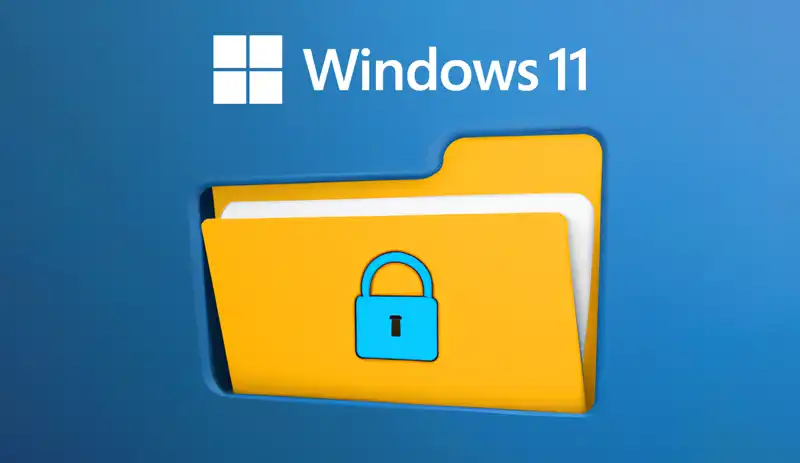You can also be interested in these:
- What is Microsoft Authenticator and how to use It?
- How to remove your account password in Windows 11
- How to get Internet Explorer for Windows 11
- Is my Asus motherboard Windows 11 compatible? Find out!
In today’s digital world, it is important to keep our personal and sensitive information secure. One way to do this is by password protecting our files and folders. Windows 11, the latest version of the Windows operating system, offers a built-in feature that allows you to password protect a folder with just a few simple steps.

Password protecting a folder in Windows 11 can be a convenient way to keep your personal and sensitive information secure. The compression feature of Windows 11 allows you to password protect a folder, making it easy and accessible for most users. Additionally, the use of a password adds an extra layer of security, as it prevents unauthorized access to the files inside the folder.
How to password protect a folder in Windows 11
To add a password to a folder in Windows 11, you can use the built-in compression feature. Here’s how:
- Right-click on the folder you want to password protect and select “Send to” > “Compressed (zipped) folder”. This will create a new zipped folder with the same name as the original folder.
- Right-click on the zipped folder and select “Properties”.
- In the Properties window, go to the “General” tab and click on the “Advanced” button.
- Check the “Encrypt contents to secure data” checkbox and click “OK”.
- Click “Apply” and then “OK” to close the Properties window.
- Windows will prompt you to set a password for the zipped folder. Enter a password and confirm it.
It’s worth noting that this method uses the built-in compression feature of Windows and may not be as secure as using third-party software specifically designed for password protecting folders. Also, you need to remember the password, otherwise you will not be able to access the files inside the folder.
Also, it’s important taking into account that this method encrypts the files, so if you forget the password, you will not be able to access the files inside the folder.
An alternative way to password protect a folder in Windows 11
Another way to password protect a folder in Windows 11 is by using third-party software. There are various software options available, both free and paid, that can provide additional security and features for password protecting folders. These software options may include the ability to password protect individual files within a folder, as well as providing more advanced encryption options.
One example of a free third-party software option for password protecting folders is 7-Zip. This software is a file archiver and compressor that also has the ability to encrypt files and folders with a password. To use 7-Zip to password protect a folder, first, install the software and then right-click on the folder you want to password protect. Select “7-Zip” > “Add to archive” and a new window will open. In this window, you can select the archive format, such as ZIP, and set a password for the archive.
Another example of a third-party software option is WinRAR. This software is a file archiving and compression tool that also has the ability to encrypt files and folders with a password. To use WinRAR to password protect a folder, first, install the software and then right-click on the folder you want to password protect. Select “Add to archive” and a new window will open. In this window, you can select the archive format, such as RAR, and set a password for the archive.
Conclusion
In conclusion, password protecting a folder in Windows 11 is an important step in keeping our personal and sensitive information secure. The built-in compression feature of Windows 11 allows you to password protect a folder with just a few simple steps. However, if you need more advanced features and better security, using third-party software options such as 7-Zip or WinRAR are also great alternatives. Remember to choose a strong and secure password and keep it in a safe place, otherwise you will not be able to access the files inside the folder.
Overall, password protecting a folder in Windows 11 can be a convenient way to keep your personal and sensitive information secure, but it’s important to consider the limitations and the risks of forget the password.
More stories like this
- What is Microsoft Authenticator and how to use It?
- How to remove your account password in Windows 11
- How to get Internet Explorer for Windows 11
- Is my Asus motherboard Windows 11 compatible? Find out!
- How to emulate Android on your PC?
- How to Disable SmartScreen on Windows 11